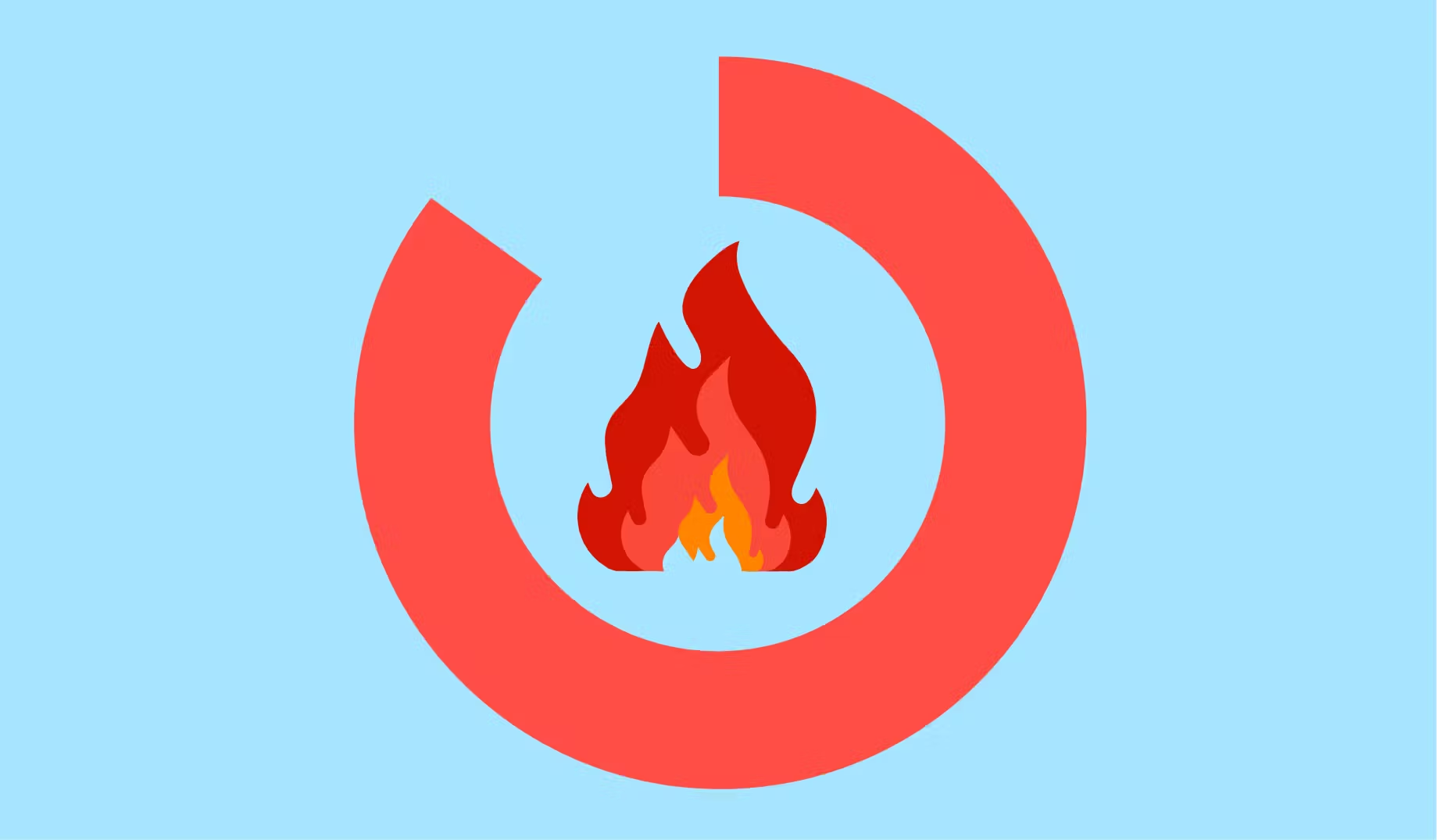Though people fast for many different reasons, fasting and exercise are often undertaken together. Depending on the type fast and exercise you complete, it may or may not be a good idea to combine the two—there are a number of complexities to consider given the different types of fasts and physical activity that can be paired up. Here are some top-level considerations around incorporating physical activity when you’re restricting calories.
Personal Health
Research varies on the benefits of exercising while fasting, as studies are often done on widely diverging populations (people with metabolic syndrome versus endurance athletes, for example). However, a 2017 studysuggests that “long-term exercise training in the fasted state in healthy subjects is associated with greater improvements in insulin sensitivity, basal muscle fat uptake capacity, and oxidation.”
The key takeaway there is “in healthy subjects.” If you have any health conditions, you want to be sure to consult with a medical professional before you undertake either fasting or exercising to learn which forms are optimal for you.
Timing of Exercise
There are multiple types of fasts, but one of the most popular forms is the 16:8 intermittent fast (IF), where people restrict their calorie intake to within an 8-hour window, typically fasting overnight and often skipping breakfast, usually for a prolonged period of time or several days a week.
Registered dietitian Christopher Shuff told Healthline that for the most part, maintaining typical exercise with IF is not usually a problem. The question is which window of time will make the workout the most effective: before, during, or after the eating window?
“Working out before the window is ideal for someone who performs well during exercise on an empty stomach, while during the window is better suited for someone who doesn’t like to exercise on an empty stomach and also wants to capitalize on post-workout nutrition,” he said.
When you fast for longer than approximately 14–16 hours, depending on your metabolic status prior to beginning your fast, your body eventually uses your stored carbs, or glycogen, as fuel. If you’re a fat-adapted individual, eating a ketogenic diet, you’ll move through the metabolic stages much faster than if you are eating a diet opposite to a keto diet (HCLF) and/or if you’re not as metabolically flexible. Some research suggests that exercising in a fasted state could mean you’ll burn more fat than if you’ve fed just before. However, conclusive research is limited, so you may want to try a variety of ways to see how you feel and what results you notice based on your goals.
Additional Considerations
People who want to be careful about fasting and exercise in general include those with insulin resistance, diabetes, metabolic syndrome, or other health conditions that affect blood glucose levels, as exercise in the fasted state could cause blood sugar to drop. However, in general, regular exercise is linked to better blood sugar control overall, it just has to be done wisely.
Naysayers to exercise while fasting argue that you are at higher risk for muscle breakdown. While this may be true in some cases, research has shown that the type of exercise can actually help prevent, or at least reduce, muscle loss. One study showed that resistance training increased levels of mTOR and other anabolic hormones compared to endurance training. mTOR, in particular, is a growth signaler that helps build and maintain muscle. So, if you decide that exercising during a fast is right for you, consider incorporating weight/resistance training to help reduce the risk of muscle loss.
Exercise is also possible during alternate day fasts, which involve greater caloric restriction (CR) every other day for a set number of days (commonly 2–3 days in a given week). One randomized, controlled study of 83 healthy participants, who ate a meal equivalent to 25% of energy needs on their fasting days between 12:00pm and 2:00pm and exercised on stationary bikes or elliptical machines for 25 minutes at 60% of their target heart rate in weeks 1–4 up to 40 minutes at 75% of their target heart rate, did not experience any adverse effects. In fact, the participants who engaged in physical activity plus CR experienced a decrease in weight and waist circumference with no loss of lean muscle mass. Additionally, the “bad cholesterol” (LDL-C) went down and the “good cholesterol” (HDL-C) went up.
What you eat before and after your fasting windows matters even more if you’re adding in exercise. Some types of exercise — resistance training in particular — should be followed by more protein, as there is an increase in mTOR. Protein has been shown to increase myofibrillar protein synthesis, which contributes to overall muscle growth. Research also suggests that the body relies more on fat for fuel than carbohydrates after this type of exercise in a fasted state.
As always, you should consult with your healthcare professional, especially if you take medications or live with a chronic health condition, to see if incorporating exercise during your fast is right for you.
What all of this research adds up to may be simply summarized as:
- Exercise can work within most fasting protocols.
- When choosing what type of exercise, consider incorporating weight/resistance training to help decrease your risk of muscle loss.
- If optimal performance is your goal during a fasting period, save high-intensity workouts for after you’ve eaten.
- After a workout, particularly involving high-intensity training or resistance training, when you do eat again, eat protein.
- The Complete Guide to Fat Burning - April 30, 2024
- Zero Live #4: 3 Ways to Boost Fat Burning - March 28, 2024
- Zero Live #3: Nutrition, Fast Breakers, and Fasting - March 11, 2024




